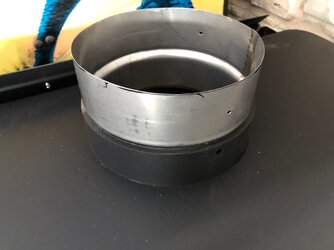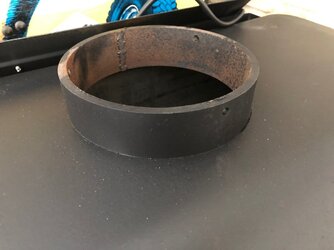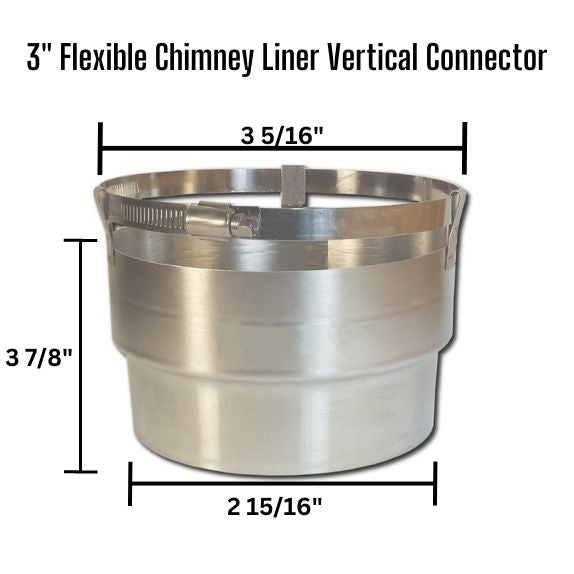Hello all,
I have an existing masonry fireplace, chimney on the exterior of the home. I purchased a wood stove and I am looking at options to begin using it sooner rather than later. In the spring, I plan to put a more permanent venting solution in place, but I'm wondering if for the remainder of this winter if it is safe to just use a few pieces of single wall stove pipe, and vent right into the chimney (vs running something all the way to the top of the chimney). The stove will sit inside my fireplace and sits just a few inches from the existing flue. That said, there will only be a few inches of stove pipe that will be exposed coming out of the stove, the rest will be inside of the chimney. Could I just assemble a few feet of single wall stove pipe and vent it into the chimney to get me through the rest of this winter?
I have an existing masonry fireplace, chimney on the exterior of the home. I purchased a wood stove and I am looking at options to begin using it sooner rather than later. In the spring, I plan to put a more permanent venting solution in place, but I'm wondering if for the remainder of this winter if it is safe to just use a few pieces of single wall stove pipe, and vent right into the chimney (vs running something all the way to the top of the chimney). The stove will sit inside my fireplace and sits just a few inches from the existing flue. That said, there will only be a few inches of stove pipe that will be exposed coming out of the stove, the rest will be inside of the chimney. Could I just assemble a few feet of single wall stove pipe and vent it into the chimney to get me through the rest of this winter?


 . I've cut a piece of steel to act as my new flue cover and plan to place a few pieces of rockwool insulation on top of it. A couple of questions for you all...
. I've cut a piece of steel to act as my new flue cover and plan to place a few pieces of rockwool insulation on top of it. A couple of questions for you all... 

